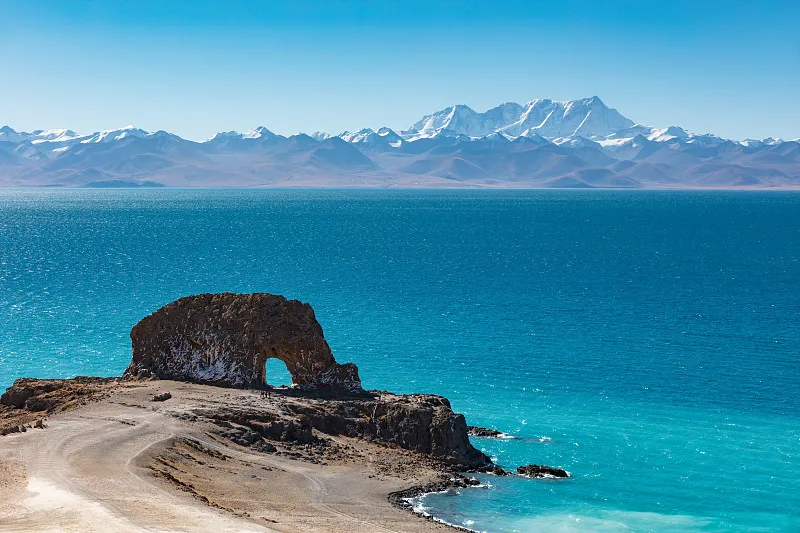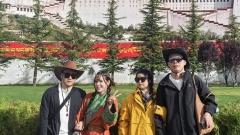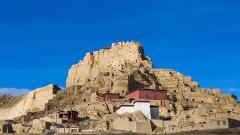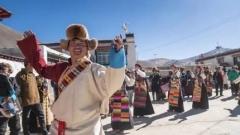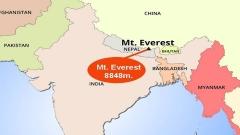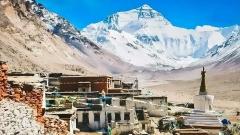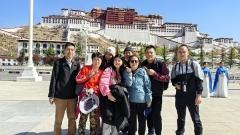High in the remote western reaches of Tibet lies Lake Manasarovar, one of the holiest lakes in the Himalayas. For centuries, it has been a sacred destination for Buddhists, Hindus, Jains, and Bon practitioners. Pilgrims believe that walking around the lake—known as the Manasarovar Kora—can cleanse past sins and bring spiritual merit. For travelers, the journey is not only about religious devotion but also about immersing in Tibet’s breathtaking landscapes and profound cultural traditions.
The Spiritual Significance of Manasarovar
Lake Manasarovar is revered in multiple faiths:
-
Buddhism: It is believed that Buddha meditated by the lake, and its waters represent purity and enlightenment.
-
Hinduism: The lake is said to be created by Lord Brahma, and bathing in it washes away sins.
-
Jainism: It is associated with the first Tirthankara’s spiritual liberation.
-
Bon Religion: Considered a site of cosmic power.
For pilgrims, completing a full circuit of the lake (about 90 km) is an act of devotion, often combined with the more challenging Mt. Kailash Kora nearby.
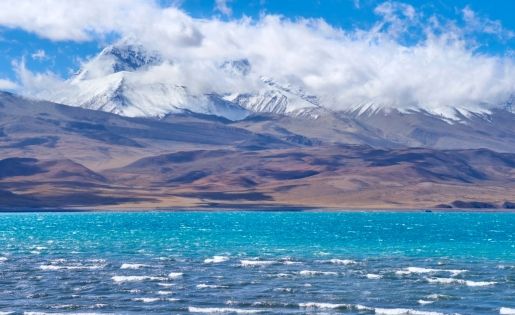
The Route of Manasarovar Kora
Walking around Manasarovar takes 3 to 4 days depending on pace and weather conditions. The kora is less demanding than the Kailash trek but still requires endurance due to high altitude (4,500 meters).
Main Sections of the Kora
-
Chiu Monastery to Seralung Monastery
The kora usually begins at Chiu Monastery, perched on a rocky hill overlooking the lake. From here, pilgrims head along the shore, passing pristine blue waters and views of snow-capped mountains. -
Seralung Monastery to Trugu Monastery
This section is rich in spirituality, as pilgrims encounter monks chanting prayers and local Tibetans spinning prayer wheels. Camping near the lake is common. -
Trugu Monastery to Gossul Monastery
One of the most beautiful stretches, where the lake mirrors the Himalayas and wildlife such as wild donkeys and migratory birds can often be spotted. -
Gossul Monastery back to Chiu Monastery
The final part completes the loop, leaving pilgrims with a sense of achievement and peace.
Highlights Along the Kora
-
Four Sacred Monasteries: Chiu, Seralung, Trugu, and Gossul monasteries each have centuries-old histories and spiritual importance.
-
Lake Views: The color of the water shifts with light—from emerald to deep blue—offering incredible photography opportunities.
-
Cultural Encounters: Pilgrims from Tibet, India, and Nepal share the same path, creating a unique cultural exchange.
-
Natural Beauty: The reflections of Mount Kailash and the Gurla Mandhata range across the water make the trek unforgettable.
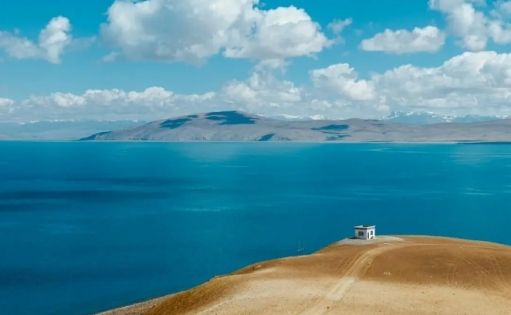
Practical Travel Tips
-
Best Time to Visit: May to October, when the weather is relatively mild.
-
Fitness Required: Moderate level of fitness is enough, but travelers should acclimatize to high altitude beforehand.
-
Accommodation: Basic guesthouses are available near the monasteries, and camping is also an option.
-
What to Bring: Warm clothing, comfortable trekking shoes, sun protection, and water purification tablets.
-
Combine with Kailash Kora: Many pilgrims choose to do both koras for a complete spiritual journey.
Conclusion
The Manasarovar Kora is more than a trek—it is a spiritual journey around one of the most sacred lakes on Earth. Whether you walk it as a pilgrim seeking blessings or as a traveler exploring the Himalayas, the experience will leave a lasting impression. Surrounded by ancient monasteries, towering peaks, and the serene waters of Manasarovar, the journey is a rare chance to connect with nature and spirituality in Tibet’s most sacred landscape.




